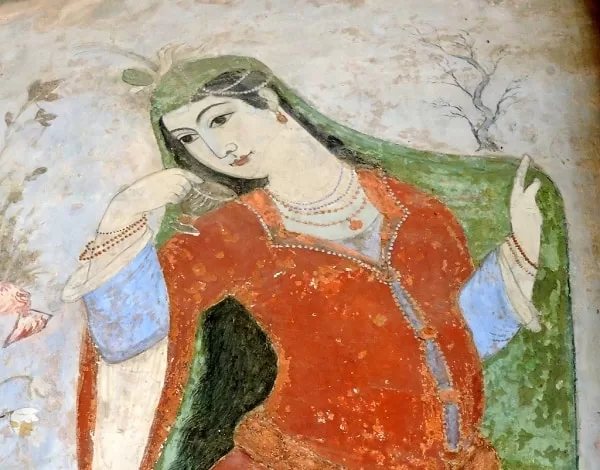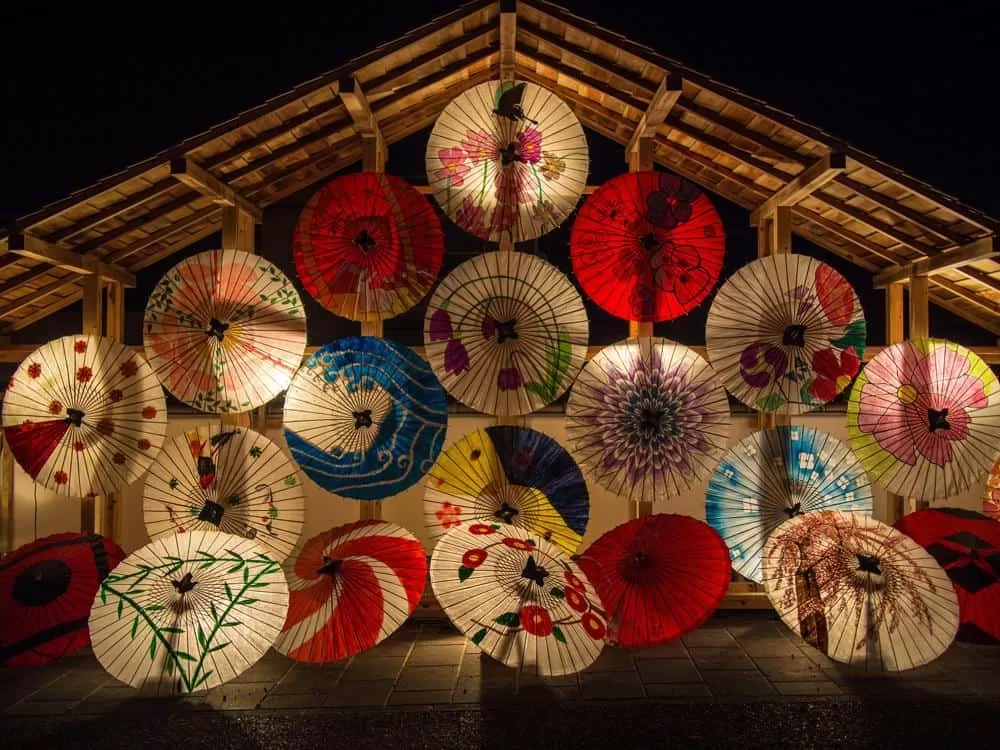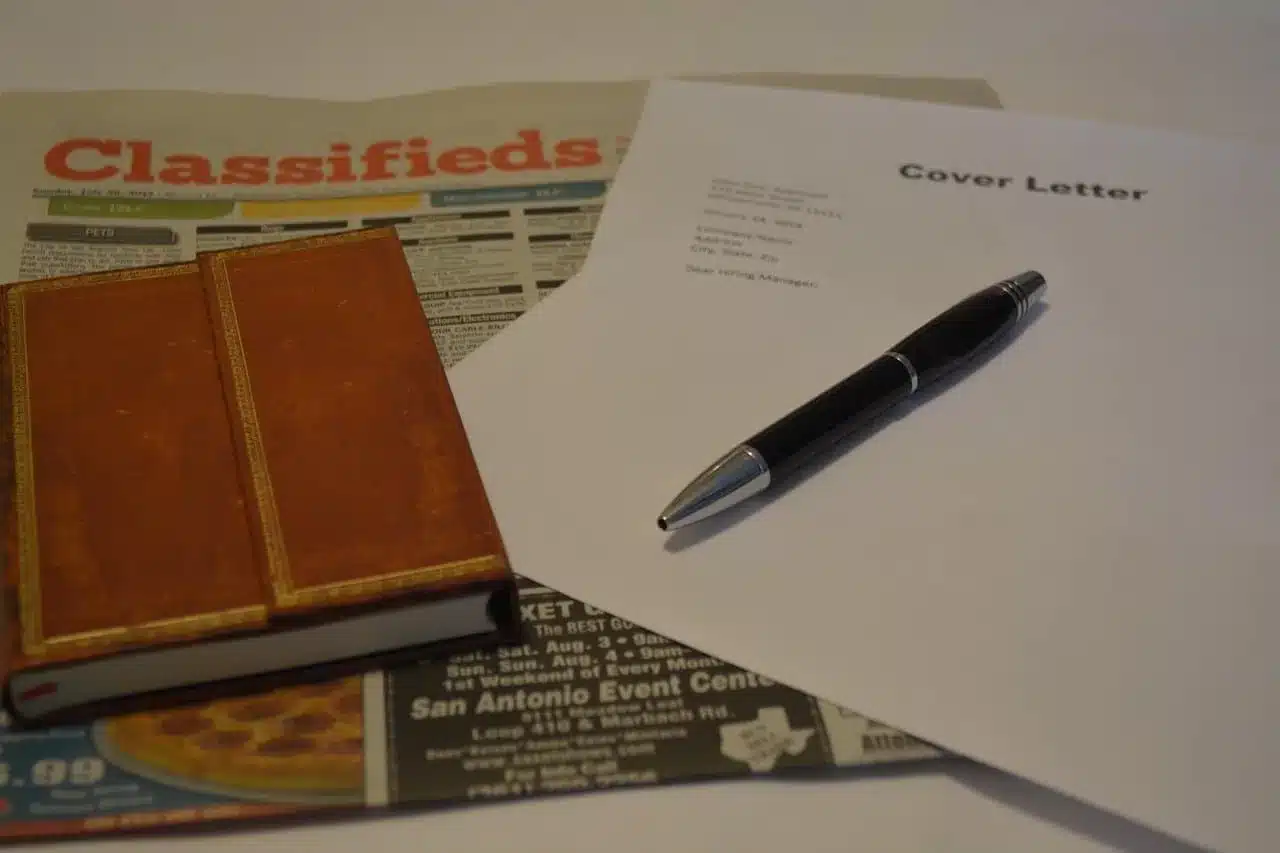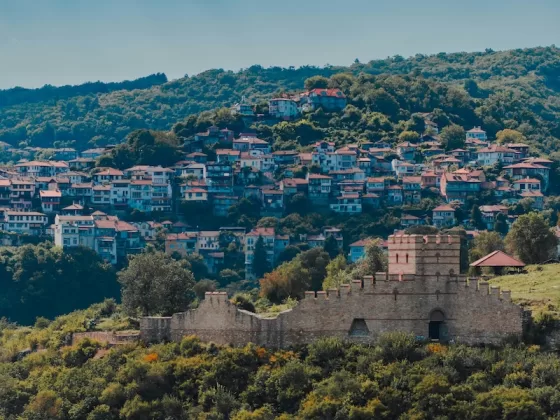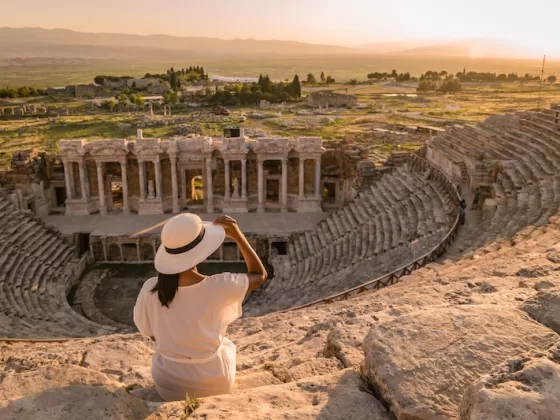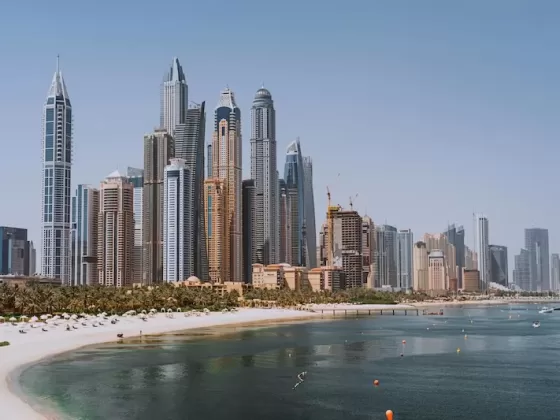 Fresco of a Persian woman, Ali Qapu Palace, Isfahan, early 1600s.
Fresco of a Persian woman, Ali Qapu Palace, Isfahan, early 1600s.
Shiraz, Iran. “Where are you from?” the Iranian man asked me.
With a big smile, I happily answered, “America.” He responded with a smile of his own. “Ah, America… America Number One!”
He hooked his two index fingers together. “American people, Iranian people, good… friends.” He unhooked his fingers and waved his hand in a gesture of contempt. “Governments, no good.” We both belly-laughed.
This took place in November of 2014. Iran is back in the news this week, with the President of the United States himself chairing a meeting of the UN Security Council on Wednesday (9/26). Having already withdrawn the U.S. from his predecessor’s Iran Deal, his second round of sanctions on Iran (no country that does business with Iran can also do so with the U.S.) will take effect six weeks from today, Nov. 5.
The Iranian rial is in a death spiral, having lost 80% of its value in the past few months, 25% in the last three weeks, and is this morning (9/24) (live open market rate in tomans, multiply by 10 for rials) at 155,000 to the U.S. dollar. Inflation and unemployment are skyrocketing, the whole economy will soon be a turtle on its back, with odds increasing the Iranian people will effect regime change, overthrowing the hated mullah government before very long.
Thus, I am optimistic that there’s hope for Iran. The long – two thousand five hundred year long – history of Persia and the West is what I call The Persian Ratchet. An ebb and flow that ratchets up and down over the centuries. I’ve appended a summary of this history at the end. Note, it includes why Persia had its name changed to Iran in 1935.
For now, let’s talk about the Iranian people I met a little while ago, for it is they, not their government, that give me hope.
For I, and my friends with me, repeatedly had the same experience described above in Shiraz, whether in Tehran, Sari, Mashad, Yazd, Isfahan, or Tabriz.
We lost count of the people – men and women – who approached us to ask where we were from, and upon being told we were Americans, without exception they would react with surprise, then a beaming smile and say, “Welcome.”
We never once received a negative reaction or a frown. Collectively, we had encounters with hundreds of people all over Iran who spoke some English, some well, some just a few words, and the one thing they wanted us to know was the abyss of difference between them – the people of Iran – and their government.
The mullahs who ran their government and preached hate for America did not speak for them. One lady covered in a black hejab tightly grasped the hand of one of the women among us to plead, “Please tell your friends in America that we Iranians are not their enemy.”
As one shopkeeper in Isfahan’s bazaar told us, “What I want is for more Americans to come to Iran, and for all the mullahs to leave.”
The anti-American propaganda cranked out by the Mullah Regime is astonishing. Iran is a Shia Moslem country. “Shia” is the abbreviation of “Shiat Ali,” the Party of Ali, an invention of the Persians who were conquered by invading Arabs in the 640s who forced their Islam upon them.
Arabs called their religion “Islam,” which is “submission” in Arabic, meaning everyone must submit to them. Their set of beliefs was “Sunni,” or “The Path” that must be submitted to.
Shia Islam is based on a story about the family of Mohammed. It is all “sacred history” as there is no independent historical evidence. It goes like this:
For all his wives, Mohammed had no sons, only one daughter, Fatima, who married his brother’s son, Ali. They had a son named Hussein – which is where Obama’s middle name comes from.
When Mohammed died in 632, his father-in-law, Abu Bakr (Mohammed had married his six-year-old daughter Aisha) seized control of the community of Moslem Arabs from Ali. Followers of Ali who didn’t recognize Abu Bakr’s authority formed the Party of Ali, or Shias. Although Ali retired to his garden and didn’t fight Abu Bakr, he was assassinated in 661.
Ali’s son (thus, Mohammed’s grandson) Hussein raised a force to resist and refused to submit to the Sunnis. In 680 at Karbala, south of Baghdad, his small force was surrounded by the army of the Sunni Caliph, Yazid. With his soldiers denied water and dying of thirst, Hussein rode out to Yazid’s forces carrying his six-month-old baby, Ali al-Ashgar ibn Hussein, and held up the child and begged for water to save his life.
The Sunni commander ordered his best archer, Hurmala, to fire a three-pointed arrow at the baby, which struck him in the neck and killed him. The attack was then launched, which slaughtered Hussein and almost all his followers. The day of the Battle of Karbala, October 10, is the birthday of Shia, or Persian, Islam known as Ashura, the Day of Mourning.
It is the way Persians could become Moslemized but not Arabized. Persians hate Arabs to this day. Arab evil is epitomized by Hurmala’s arrow in baby Ali al-Ashgar’s neck, as in this poster hanging in the Tabriz bazaar:
 Bear all this in mind as you stare at this billboard in Tehran put up by the Mullah Regime (specifically the gang of government thugs known as the Basij):
Bear all this in mind as you stare at this billboard in Tehran put up by the Mullah Regime (specifically the gang of government thugs known as the Basij):
 It is a man holding up the baby of Palestine (that’s the Palestinian flag behind them), with Obama as Hurmala aiming a three-pointed arrow at him. Note that the white arrowhead has the Israeli Star of David. The Great Satan (us) and the Little Satan (Israel) as evil as the baby-murderers of Karbala.
It is a man holding up the baby of Palestine (that’s the Palestinian flag behind them), with Obama as Hurmala aiming a three-pointed arrow at him. Note that the white arrowhead has the Israeli Star of David. The Great Satan (us) and the Little Satan (Israel) as evil as the baby-murderers of Karbala.
There can be no peace with the Mullah Regime of Iran. But there certainly can be with the people of Iran, as they ignore the propaganda of the regime that oppresses them. And if they do manage to rid themselves of that regime, most likely it will be the women who will lead it.
I have to tell you, Persian women are gorgeous. They love to wear dramatic makeup and will look you straight in the eye. For some reason, it’s de rigueur for them to get a nose job, and they even flaunt the bandage after getting one.
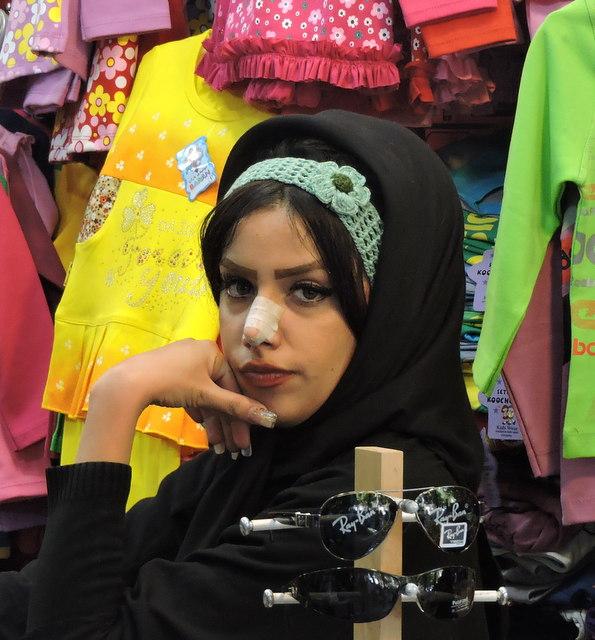 Yet it’s the mullah law that they must cover their hair with a scarf anywhere in public, even in restaurants. Seeing a woman’s hair somehow uncontrollably “provokes” a man, so it must be hidden.
Yet it’s the mullah law that they must cover their hair with a scarf anywhere in public, even in restaurants. Seeing a woman’s hair somehow uncontrollably “provokes” a man, so it must be hidden.
Thus, I have a fantasy – of a U.S. Congressman going on Voice of America (all young Iranians listen to or watch it) to suggest that this law is far too inadequate.
“What Iran needs to inhibit sexual promiscuity,” he’d say, “is for the scarf requirement to apply to men as well. Men must hide their hair so as not to uncontrollably provoke women into demanding sex. Mullahs cover their hair with turbans, obviously to maintain their piety and not provoke women. All men should do the same with a tasteful and chaste scarf.”
You can’t imagine how that Congressman would be the hero to millions of Iranian women. Then, of course, after the mullahs sneer at him and milking all the resultant publicity, he’d say to the world press, “Well, if no scarves hiding men’s hair, then no scarves hiding women’s. A basic requirement of civilization is that men control their urges. Iran deserves a civilized government.”
The scarf law’s application is sliding just as fast as women’s scarves. Older women wearing full black gown chadors are always tucking in any stray strand escaping their hood. All younger women now wrap their hair in a high bun on the back of their head which holds the scarf up allowing half their hair to show.
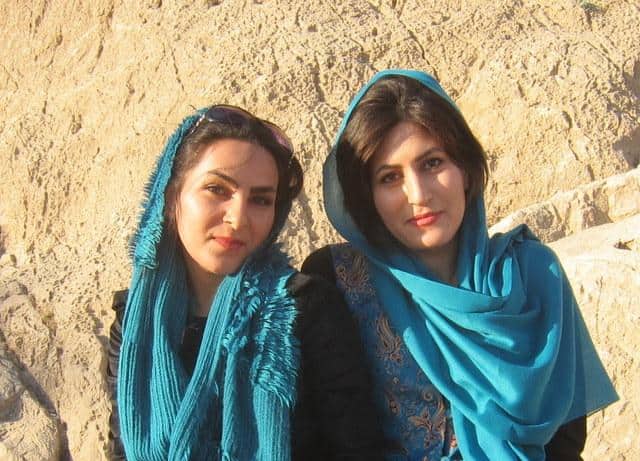 Or how about booze? A U.S. Senator – say from Kentucky – could give advice on how to make better booze. It’s completely illegal, yet just about anyone under 40 in Iran today knows how to make or buy moonshine vodka made with raisins. Well, how about telling them how to make smooth Kentucky bourbon?
Or how about booze? A U.S. Senator – say from Kentucky – could give advice on how to make better booze. It’s completely illegal, yet just about anyone under 40 in Iran today knows how to make or buy moonshine vodka made with raisins. Well, how about telling them how to make smooth Kentucky bourbon?
Iran or Persia has an ancient history of over 2,500 years, but it is one of the youngest countries on earth. Only 11½% of Iranians are 55 and older, meaning over 88% of Iranians have no adult memory of life under the Shah. Over 42% of Iranians are under 25. They could care less about Ayatollah Khomeini – whose picture is everywhere – and his Revolution of 1979. What they hate is the religious suffocation it has imposed.
That is why so many of them are turning away from Islam, and towards belief in Persia’s original religion of Zoroastrianism. For over twelve centuries, the monotheism preached by Zoroaster (known also as Zarathustra or Zardosht) who lived around 700 BC, was fervently believed by Persians until they were forced at sword-point by Arabs into becoming Moslems.
You see the Faravahar symbol of the religion all over the place now. Here it is above the Fire Temple in Yazd, where devotees may worship freely.
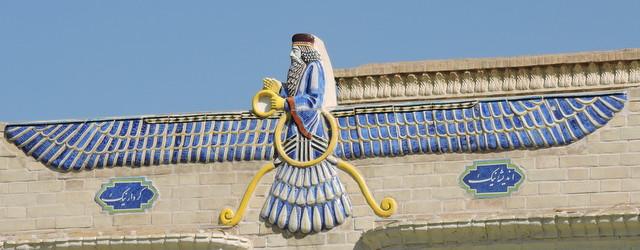 You see kids wearing Faravahar pendants and t-shirts with the Zoroastrian mantra of morality: “Good thoughts, good words, good deeds.” They know that the founder of the Persian Empire, Cyrus the Great (600-530 BC), was a Zoroastrian, as were all the great Persian kings of antiquity.
You see kids wearing Faravahar pendants and t-shirts with the Zoroastrian mantra of morality: “Good thoughts, good words, good deeds.” They know that the founder of the Persian Empire, Cyrus the Great (600-530 BC), was a Zoroastrian, as were all the great Persian kings of antiquity.
This requires subtlety, for you have to avoid direct criticism of Islam and its Shia variant in particular. Millions of young Iranians are alienated from Islam today, however, thanks to the mullahs shoving it constantly down their throats. So discretely encouraging Zoroastrianism as a viable competitor to Islam further subverts mullah authority.
These are just a few examples of what so many Iranians are ripe for. Iran before the Mullahs was pro-West and pro-Israel. I know, as I traveled all over Iran back then, in 1973. There is no reason whatsoever that there cannot be such an Iran again.
There is no reason whatever that there cannot be a peaceful Iran that has abandoned the sponsorship of terrorism, the acquisition of nuclear weapons, and the desire to destroy Israel.
When I and my friends were here recently, we become convinced that this is possible because so many Iranians desperately want it. They want to breathe free and no longer be suffocated.
Being here recently was such a powerful and illuminating experience for me and all those with me. We’ll remember all the breathtaking beauty and history of what we’ve seen, from the travertine terraces of Badab-e-Surt…
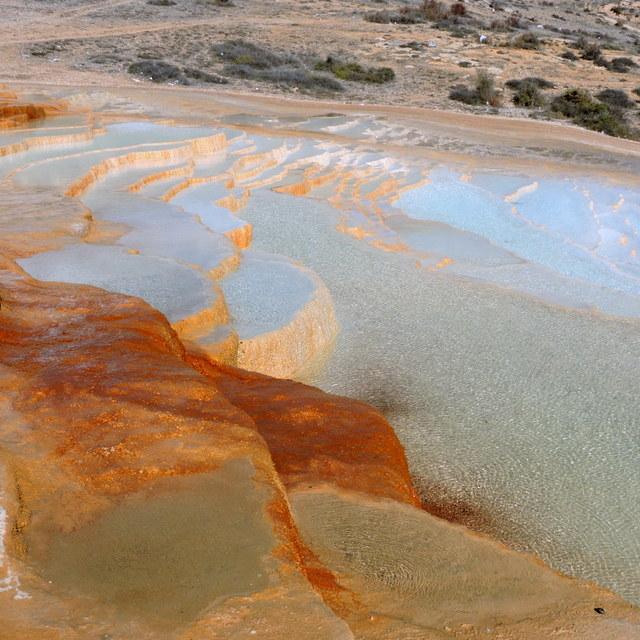 To architectural wonders like the giant mosque of Shah Abbas in Isfahan and the Jameh in Yazd…
To architectural wonders like the giant mosque of Shah Abbas in Isfahan and the Jameh in Yazd…

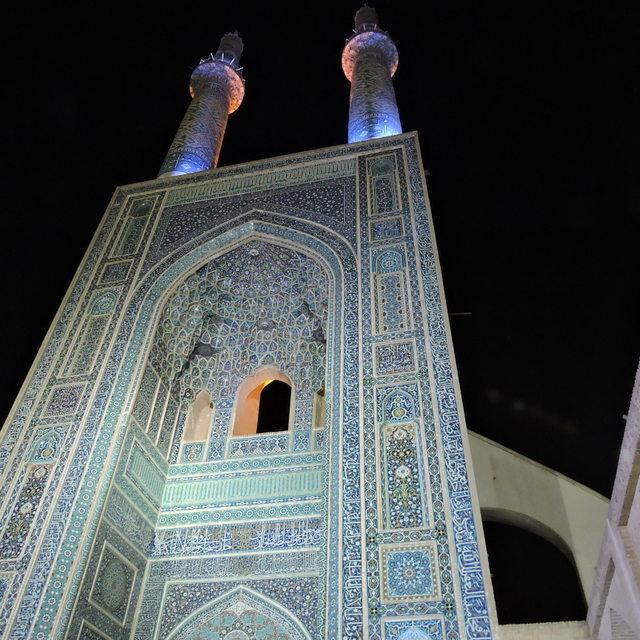 And the astonishing Mirror Shrine in Shiraz, with its interior of millions of individually placed pieces of colored mirrored glass…
And the astonishing Mirror Shrine in Shiraz, with its interior of millions of individually placed pieces of colored mirrored glass…
 To the Stone Village of Kandovan, whose inhabitants have carved cave homes out of volcanic tufa for close to 2,000 years.
To the Stone Village of Kandovan, whose inhabitants have carved cave homes out of volcanic tufa for close to 2,000 years.
 Plus, of course, the ruins of Persepolis, the ancient Persian royal capital burnt down by Alexander in 334 BC in revenge for Xerxes putting Athens to the torch in 480 BC.
Plus, of course, the ruins of Persepolis, the ancient Persian royal capital burnt down by Alexander in 334 BC in revenge for Xerxes putting Athens to the torch in 480 BC.
 Where Henry Morton Stanley carved his name, before he went on to Africa to find David Livingstone:
Where Henry Morton Stanley carved his name, before he went on to Africa to find David Livingstone:
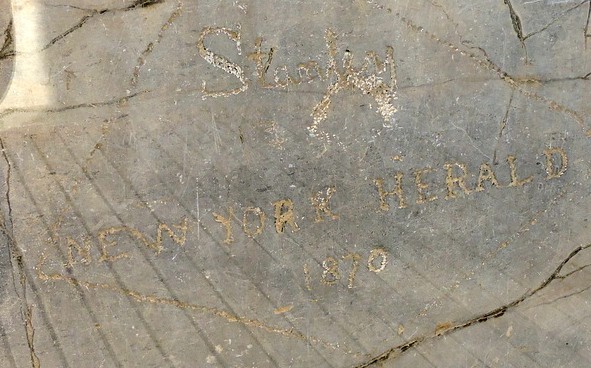 And what about this extraordinary Christian Cathedral in Isfahan?
And what about this extraordinary Christian Cathedral in Isfahan?
 Built in the early1600s by Armenian Christians given protection by Shah Abbas from persecution by the Ottoman Empire, it is the Church of Saint Joseph of Arimathea (after “the secret disciple” who took Jesus down from the Cross and had him buried). The Armenian community in Isfahan maintains it immaculately.
Built in the early1600s by Armenian Christians given protection by Shah Abbas from persecution by the Ottoman Empire, it is the Church of Saint Joseph of Arimathea (after “the secret disciple” who took Jesus down from the Cross and had him buried). The Armenian community in Isfahan maintains it immaculately.
This is only the tiniest glimpse of what we saw. But what we’ll most remember above all are the smiles, the warmth, the friendliness of Iranians, men, women, and kids. They have suffered what we cannot imagine. They have chosen not to believe the mullahs’ demonization of America and the West. They look upon us not with hate but with hope and admiration.
Forty-one years ago I traveled through Iran. The place that moved me the most was the austerely magnificent tomb of Cyrus standing alone in the Valley of the Pars.
I never dreamed back then that this land would experience the horrors it has with a monster regime of Terror Masters. Here I was again at the Tomb of Cyrus the Great where I could see that Persia’s nightmare may end, and that its people may be free to be the friends with us that they want to be.
Jack Wheeler is the founder of Wheeler Expeditions
APPENDIX
THE PERSIAN RATCHET
Jack Wheeler
The war between Persia and the West is very ancient, well over a thousand years older than the war between Islam and Christianity.
Western Civilization originated in a strip of land 90 miles long and 30 miles wide along the Mediterranean coast of Asia Minor (Turkey today) known as Ionia. The Greeks who settled there in the 9th and 8th centuries BC colonized such cities as Ephesus and Miletus, where the first philosophers in history (like Thales, 635-543 BC) offered natural explanations of the world rather than superstition and myth.
The founder of the Persian Empire, Cyrus the Great (576-529 BC), incorporated Ionia within his rule but gave it autonomy. This freedom vanished under the tyranny of Darius I (550-486 BC), Ionia revolted in 502, Darius crushed the revolt, then invaded and attempted to conquer all of Greece.
On September 21, 490 BC, on the beach at Marathon, under the command of the Athenian general Miltiades, the Greeks destroyed Darius’ army, with 6,400 Persians killed versus 192 Greek hoplites.
Ten years later, Darius’ son Xerxes (519-465 BC) was back for revenge. The largest army the world had ever seen swept through the Greek peninsula, overwhelmed the Spartans at Thermopylae, and burned Athens to the ground.
Then the Athenian general Themistocles lured Xerxes’ gigantic navy into the Bay of Salamis, and on September 28, 480 BC, the quick little Greek triremes cut the Persians to ribbons.
146 years later, the Greeks enacted their revenge. In 334 BC with a small army of 40,000, Alexander the Great invaded Persia and conquered it entirely, from the Nile to the Indus, burning the royal palace of Persepolis in recompense for the destruction of Athen’s Acropolis so many years before.
After a hundred years of Greek rule, a Persian tribe called Parthians reestablished the Persian Empire. The conflict with the West resumed with the Romans, who fought the Parthians for 300 years and finally wiped them out in 198 (all dates now AD).
A third Persian Empire was built by folks called Sassanids, and the war with Rome was back on. In 259, King Sharpur I captured Roman Emperor Valerian, and after killing or enslaving 70,000 Roman soldiers, flayed Valerian alive and kept his skin as a trophy.
Sassanid wars with Rome and Constantinople continued for 350 years, culminating in the Persian army of Khosrau II destroying Jerusalem in May, 614, slaughtering 90,000 Christians in cold blood and demolishing the Church of the Holy Sepulcher.
This prompted Emperor Heraclius in Constantinople to invade Persia in 621, wiping out Khosrau’s army at the Battle of Nineveh in December 627, and terminating the Sassanids.
Unfortunately for mankind, the resultant anarchy made it easy for wild tribes to pour out of Arabia and seize Jerusalem, the whole Middle East, and Persia in the name of Islam 20 years later.
Islamicized Persia did not interact with the West much for another 11 centuries. After it recovered from being wiped out by the Mongols in the 13th century, then Tamerlane in the 14th, its preoccupation was fighting the Sunni Moslems of the neighboring Ottoman Empire.
In 1797, a tribe called the Qajars took over Persia. Their first Shah, Fath Ali (1771-1834), went to war with Czar Alexander I of Russia and lost very badly. In desperation, Fath Ali turned to England for protection.
The Brits helped him hold off the Russkies but didn’t take much interest until oil was discovered in 1908, whereupon they created the Anglo-Persian Oil Company (now British Petroleum) to siphon off the oil and manipulate the Qajars.
After World War I, the Brits decided the current occupant of the Peacock Throne, Ahmad Shah, was impossibly incompetent, and in February 1921 ended Qajar rule and installed a peasant officer in the Persian Cossacks Brigade, Reza Khan Merpanj (1877-1944), in his place.
Reza Khan declared himself Shah in 1925, changed his name to Pahlavi after an ancient Persian language, and to curry favor with the new Nazi regime in Germany, in 1935 without warning or explanation, decreed that Persia would henceforth be known as Iran, meaning Land of Aryans.
Hitler was quite pleased that a country would rename itself as the original homeland of his Aryan Master Race, so an alliance was formed, resulting in a joint British-Russian invasion of Tehran that kicked out Reza and installed his son Mohammad Reza Pahlavi (1919-1980) as the new Shah in 1941.
The 22-year-old Shah turned to America for support against the Russian Soviet Union and endlessly perfidious Albion, which he received until he was sold straight down the river by Jimmy Carter, who allowed the Islamofascist revolution of Ayatollah Khomeini to overthrow him in January, 1979.
We could call the ebb and flow of Persia vs. the West for two and a half millennia the Persian Ratchet, as over the centuries it ratchets up and down.
This prelude should put in perspective that the ancient fight between Persia and the West has now ratcheted up once again, this time against the West with America demonized as the Great Satan. It is to be hoped that the Iranian people will put an end to the Islamofascism tyrannizing them and threatening us, so history will ratchet back down to peace once again.
Here is probably the most extensive ebook on Everything You Ever Wanted To Know About Eliminating Your Taxes, Protecting Your Assets And Regaining Privacy Over Your Life And Investments. It is called The Ultimate Guide To Going Offshore.
If you’re considering traveling or moving abroad, be sure to explore your healthcare options. Visit International Citizens Insurance to learn more and get a free quote.
